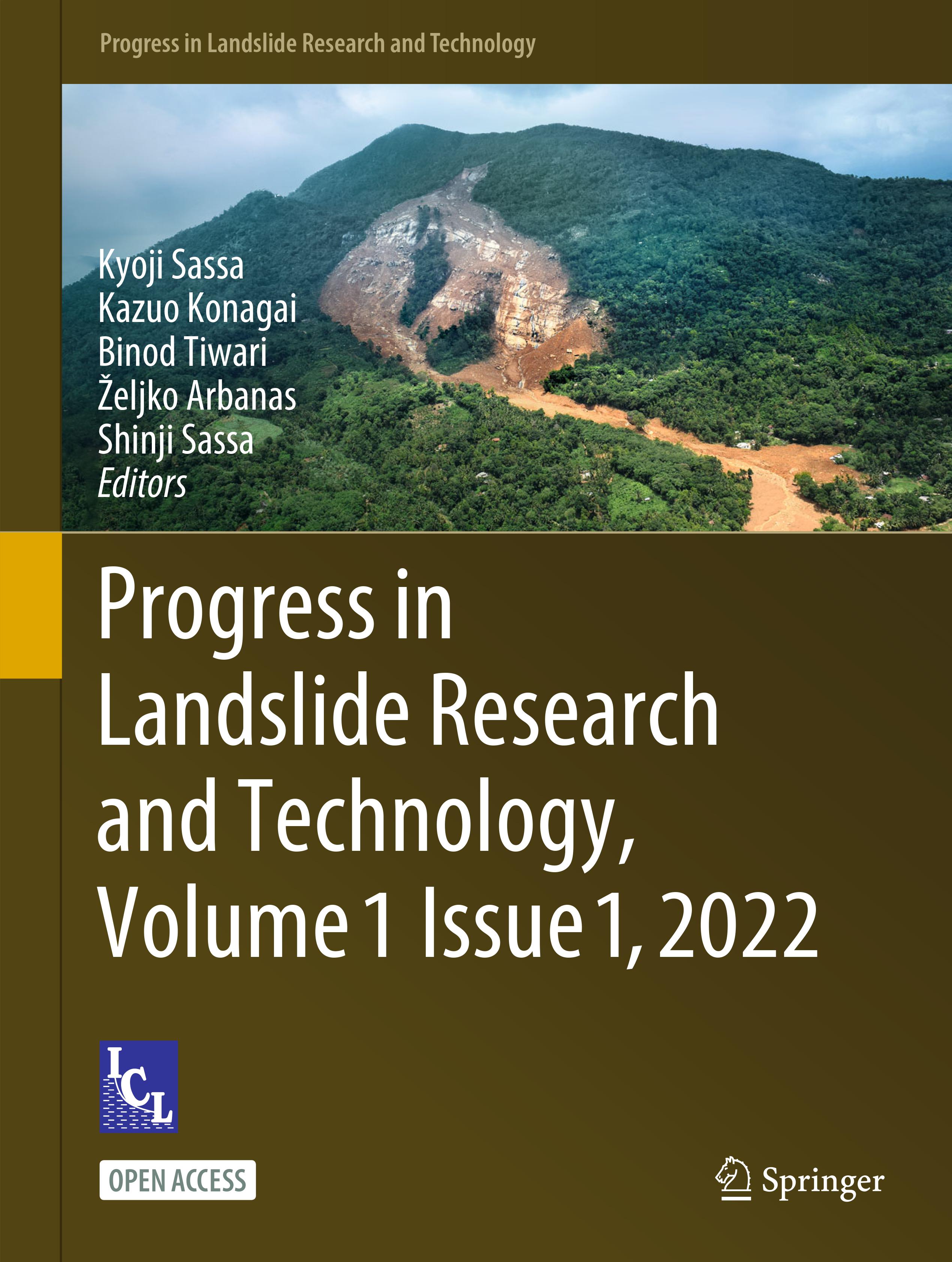This research paper focuses on the heightened Nepal landslide risks in mountainous areas due to extreme precipitation induced by climate change. These landslides have increasingly affected vital road infrastructure, crucial for urban economies and rural communities.
The study employs advanced models to project future extreme rainfall patterns, developing high-resolution landslide hazard assessments using a weighted index approach.
By integrating various factors like terrain, soil, distance parameters, land use, and climate conditions, the study generates detailed landslide hazard models. Demonstrative case studies for Bagmati and Madhesh provinces validate the models with an 81-86% accuracy.
The study assesses road vulnerability in various climates, showing increased landslide risk in the future compared to the present.
Learn about Nepal landslide risks in this Asian Disaster Preparedness Center (ADPC) research paper on Climate Change-Induced Regional Landslide Hazard and Exposure Assessment for Aiding Climate Resilient Road Infrastructure Planning: A Case Study in Bagmati and Madhesh Provinces, Nepal.
Research Citation: Wijaya, I.P.K., Towashiraporn, P., Joshi, A., Jayasinghe, S., Dewi, A., Alam, M.N. (2023). Climate Change-Induced Regional Landslide Hazard and Exposure Assessment for Aiding Climate Resilient Road Infrastructure Planning: A Case Study in Bagmati and Madhesh Provinces, Nepal. In: Sassa, K., Konagai, K., Tiwari, B., Arbanas, Ž., Sassa, S. (eds) Progress in Landslide Research and Technology, Volume 1 Issue 1, 2022. Progress in Landslide Research and Technology. Springer, Cham. https://doi.org/10.1007/978-3-031-16898-7_12

